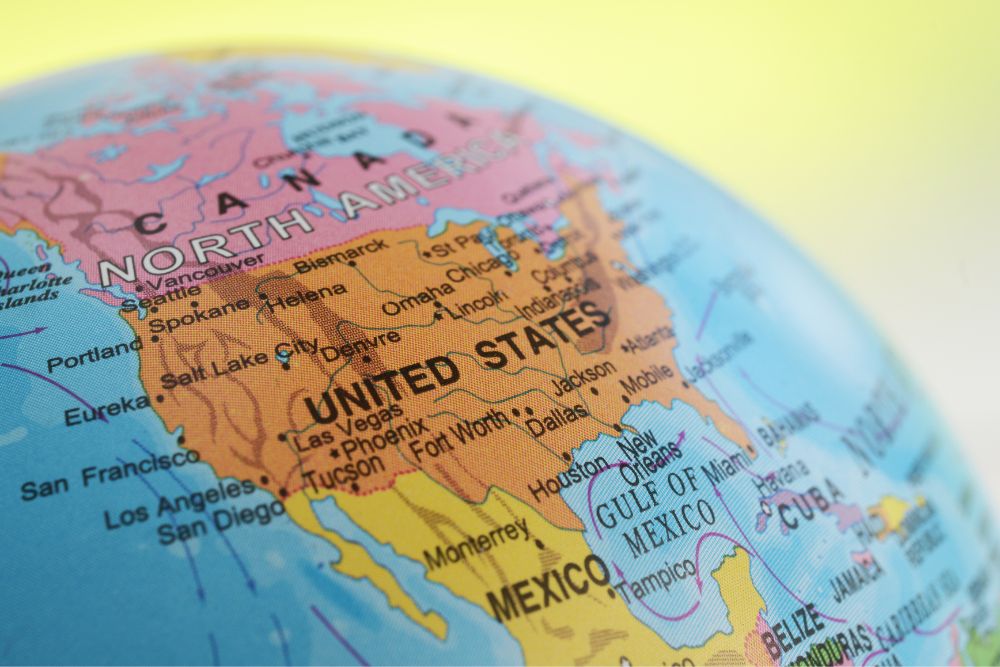Recent Developments in International Surrogacy Law
In the wake of recent international scandals surrounding surrogacy and the resulting public outrage, last month Thailand’s parliament voted to ban commercial surrogacy. This past year’s international media coverage of the 2013 birth of Baby Gammy, the infant boy with Down’s Syndrome born into a complex surrogacy involving a Thai surrogate mother and Australian intended parents, followed by coverage of a Japanese man having fathered at least 16 babies in Thailand via surrogates shone an even brighter light on the decades-long shadowy world of Thai surrogacy. While compensation for surrogacy had been stipulated against by the Thai Medical Council since 1997, the restriction has gone ignored to the extent that unregulated commercial surrogacy in Thailand has not only existed but thrived. Thailand until now had become a popular low-cost option for intended parents from the neighboring nations of Hong Kong and Australia. Offenders of the new law in Thailand would now be subject to 10 years in prison and the loss of medical license to any providers participating in a commercial surrogacy arrangement.
This is but one example of a state being led to the most extreme of solutions regarding surrogacy, that of denying its citizens the right to access commercial surrogacy as an option at all. Had controls been put in place earlier, these abuses would have likely been avoided. Further compounding the problem is that not only have the laws surrounding commercial surrogacy been notoriously murky within a state, they become even cloudier when the element of the cross-border legal parentage situation is introduced such as in the 2008 case of Baby Manji, the baby born through an Indian surrogacy arrangement to Japanese parents who divorced during the process. In this case the intended mother refused to accept parentage of the baby, and since Japan did not legally recognize surrogacy and India would not allow a single man to adopt an infant (his own biological child no less), the child remained stateless for months. There exists no real oversight or governance in these instances, and this reality has resulted in the vulnerability of children like Gammy and Manji to the flaws of clashing international parentage laws.
The Hague Conference on Private International Law (HCCH) began a project in 2011 titled “The Parentage/Surrogacy Project” with the express intent “to continue gathering information on the practical needs in the area, comparative developments in domestic and private international law, and the prospects of achieving consensus on a global approach and an accompanying Study of Legal Parentage and the issues arising from International Surrogacy Arrangements”. As of 2014, after several years of fact-gathering including the collection of questionnaires submissions from health professional, legal professionals and surrogacy agencies, the members of the HCCH have concluded that the based on the data collected thus far, the project should continue with a goal of determining the feasibility of a multi-lateral legal instrument for international surrogacy arrangements in 2015. So while there is international consensus that controls should be put in place, the wheels of international law appear to move even more slowly than those of individual states. Meanwhile, more stories like Gammy and Manji’s unfortunately surely await us. Ultimately, the U.S. with its established legal frameworks (in states where it is legal) for surrogacy remains what is internationally considered the safest legal option for those considering surrogacy outside their home country.
Melodie Alsberg
Human Resources Manager, Magnus Health


